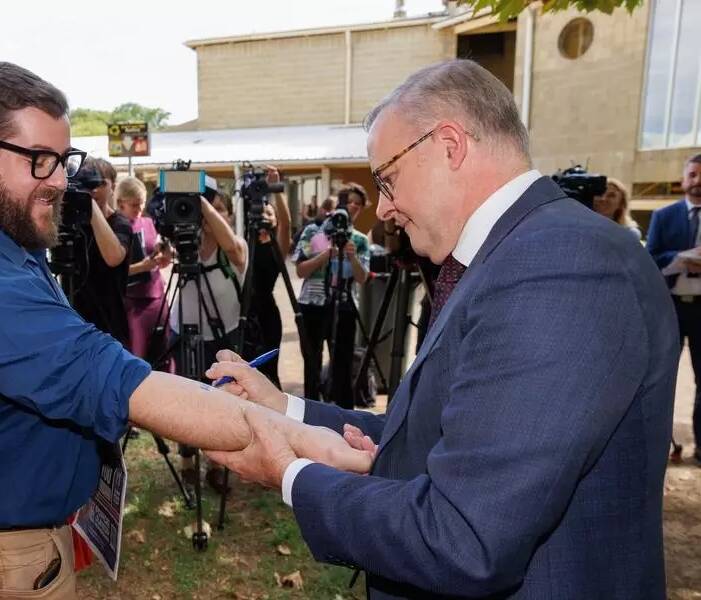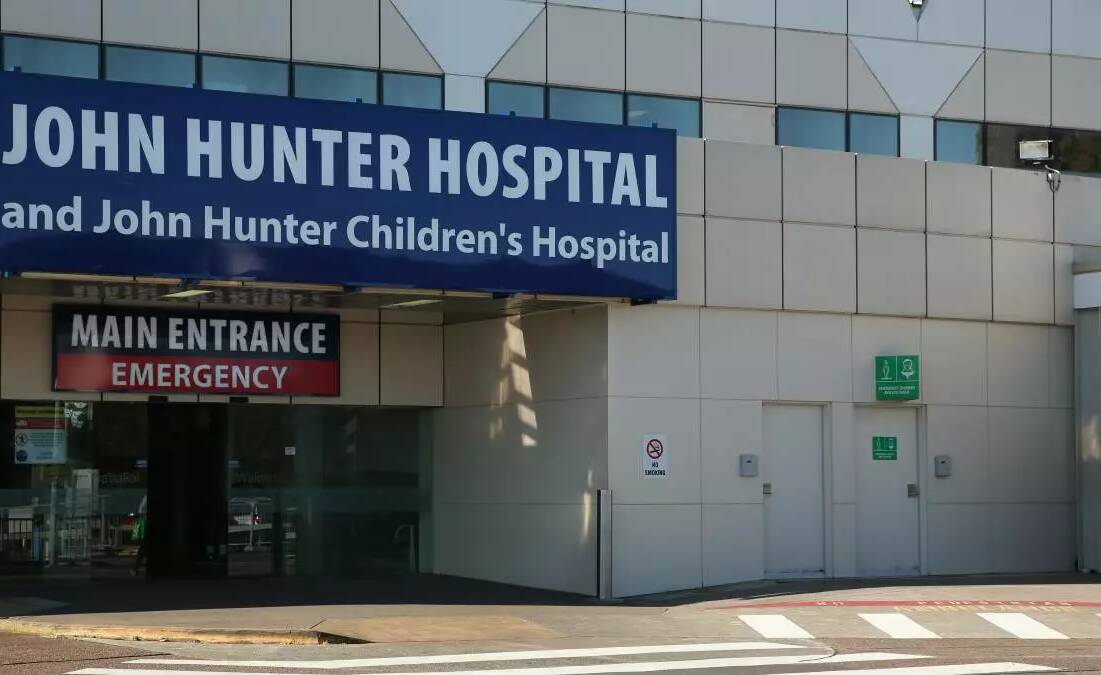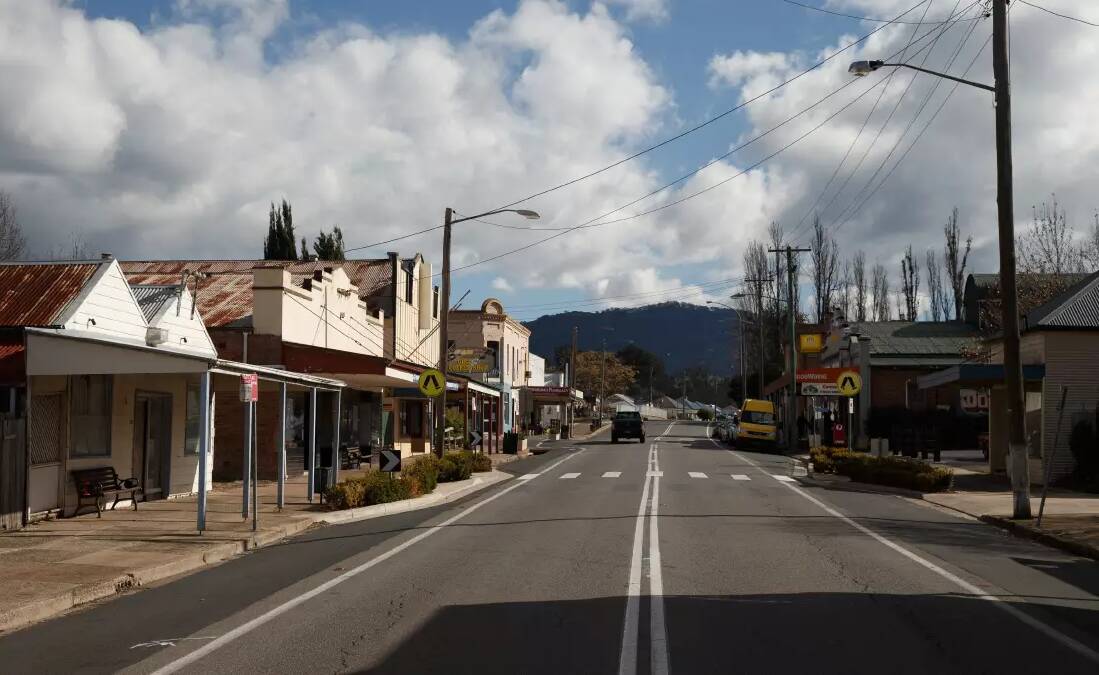
If you've been following the news, chances are you're aware of the squabble over how much GST NSW and Queensland aren't getting this year.
By last count, our cut of the roughly $90 billion pie will be about $310 million slimmer compared to last year - which represents a total figure (a bit more than $24 billion) below the national average and a whisker outstripped by the cost of delivering the services it pays for.
By contrast, WA is in line to gain $838 million on its allocation from last year for a slice considerably above the national average and more than it needs (at least by the reckoning of the numbers crunchers) to deliver the same services.
But in a weird twist, the reason at least tenuously links to a statistical quirk of the last Census that reclassified Cessnock in the Hunter Valley, as well as a handful of other regional towns, that the NSW Treasurer reckons has effectively cost us more than $200 million.
How did that happen? Well ...
GST winners and losers
The GST (or Goods and Services Tax) is essentially a big pot of money levied and then redistributed to the states to help pay for health, education, justice, and transport.
In theory, a state like NSW could receive back every dollar collected in GST for schools and hospital services above the taxes it otherwise collects from its residents. However, NSW has recently had above-average growth in taxable land value, for example, and we've received a bit of pocket money from coal royalties boosting our state coffers.

The Northern Territory, meanwhile, has a much smaller and much more dispersed population (meaning it's harder to get services to remote places) and has seen slower national investment in health and roads.
So, if every state collected every dollar it put into the GST pot, the relatively affluent state of NSW would gain vastly more wealth than the Northern Territory, which arguably needs a helping hand more to deliver its services.
To even the playing field, the Commonwealth Grants Commission was created in 1933 to do some clever maths and figure out how much each state should get to provide the same level of services irrespective of location, the size of the taxpaying population, and a few other key indicators.
The problem is that the GST is one pot of a finite amount of money, so when one state gets more, another necessarily gets less.
Apples and oranges
The Grants Commission effectively weighs up a state's capacity to collect taxes to pay for services and then recommends the division of GST to help cover any shortfalls.
It considers elements like a state's property prices, wage levels, natural resource royalties, population demographics, and the costs of delivering services to areas outside major cities.
For a few years, starting in 2011, WA's GST cut plummeted to the point where it only got around 30 cents on the dollar in return. However, its relative loss in GST was offset by its sky-high ore royalties collected from the resources boom.

Then-WA treasurer Colin Barnett complained to then-Turnbull administration federal treasurer Scott Morrison and a year or two later, and in looking to shore up the western vote, the MP for Hawaiian Party Shirts put his thumb on the GST scale and made WA the wealthiest state per capita.
Scomo planned to put a "floor" on the GST, ensuring that no state would get less than 70 cents for every dollar it put in the pot. This meant WA would get a much bigger slice of the GST pie, but the feds promised to top up the other states' payouts to keep them onside under the promise that no state would be worse off by the deal.
Taste of their own medicine
The decision to award Western Australia a huge amount more GST, notwithstanding its extensive resource wealth, has rankled the premiers of the losing states (namely, us and the banana benders) and created a powder keg of political dummy-spitting in the last few weeks as WA rakes in seemingly at the coast of the East Coast.
The Westies, of course, reckon that all this Welshie whinging is crocodile tears, given that they were on the short end of the GST stick for years. Now that it's our turn, we should all just cry into our objectively better beaches about it.

Each year presents new winners and losers in the GST carve-up, and each year (usually WA), the state treasurers who cop the worst of the division complain.
We're hearing about it this year for a couple of reasons. One is the eye-watering cost blowout of the feds' top-up promise, which has been tipped to cost as much as $50 billion over the decade. The other is how much more WA is getting, which has a couple of premiers and state treasurers demanding a review.
For his part, Prime Minister Anthony Albanese has committed to keeping things as they are.
Besides that, the federal government's GST decisions have historically been made according to the Grant Commission's recommendations as a matter of course.
And that's how Cessnock got involved.
A city by any other stat
Cessnock has yet to move any closer to Newcastle or Sydney since it was founded in 1850. Still, in 2021, the Australian Bureau of Statistics decided during the Census that it was no longer an "inner regional" town but one of NSW's "major cities" instead.
The classification was changed according to the 'Accessibility and Remoteness Index of Australia', which has been the go-to remoteness measure for the Census (and the Grants Commission, which considers Census data in its recommendations) for the past 20 years.
The ARIA+ measures remoteness in terms of access along the road network from populated localities to each of five "service centre" categories based on a descending population size scale.
Cessnock's population grew by just under 1500 in the years between the 2016 and 2021 Censuses, and Newcastle's jumped by just over 26,000, which was apparently enough to tip the scales and the footprint of "major cities" in the Hunter grew to include the Nock.

The jump doesn't necessarily mean it's any easier to deliver services across NSW than it was three years ago. Still, as far as the statisticians are concerned, regional NSW has one more "major city" than it used to.
And that's why NSW Treasurer Daniel Mookhey reckons the reclassification, which the Grants Commission considers as part of its GST recommendations, effectively amounts to robbing NSW of its fair share to the tune of more than $200 million.
So, what can we do about it?
All of this suggests that the GST is in a state of disarray. The Treasurer, Mr Mookhey, has been vocal in the last few weeks, calling for a review and reform of an "absurd" system.
In February, two independent economists argued that the federal top-up payments should be scrapped to avoid a cost blowout "beyond comprehension," according to reporting by the Australian Financial Review. One of them, Saul Eslake, went so far as to call it the "worst public policy decision" of the century.
It's worth noting that we're hearing more about the GST carve-up this year, most likely because we've found ourselves on the losing side, but the process for dividing the pot has been infamously opaque for years.
In 2011, two former premiers, John Brumby and Nick Greiner, with businessman Bruce Carter, undertook a review of the GST 11 years after it was introduced in 2000. Their key findings included the benefits of having a "politically indifferent" system like the Grants Commission, which decides how the funds should be divided. Still, there were questions about the methodology, particularly related to how various states' needs were equalised and how many people actually understood the maths.
They wrote, "If a simpler system allowed the democratic processes to operate in a better-informed environment, that would be beneficial to transparency and good government."
"Decision-makers should not be captive to the advice of a very narrow pool of experts, especially when the system's objectives are contested amongst those experts and, because of the relative nature of the calculations, its effects are hard to predict and sometimes counter-intuitive."
The report goes on to pick apart the ways in which the GST carve-up is decided and makes recommendations on more than a few issues (you can read the whole thing here if you're really keen), but perhaps most presciently, it found that the growth of the GST pool had been only modest since about 2008. It also found severe fluctuations in how much states got year to year from about the same time, making it harder for them to manage fiscal positions.
More importantly, the report indicated that how the GST was divided was less important than how it was collected. Revenues from the GST had not kept up with projected spending on health and education, which created a bigger long-term problem than the minutiae of statistical equalisation.
"In the longer term, citizens must make important decisions about the size of the government sector they expect and the taxes they pay for it. Maintaining government service delivery at about the same levels as currently will place increasing pressure on governments to raise taxes. On the other hand, maintaining taxes at about the same levels as currently will place increasing pressure on governments to reduce services," the report concluded.
"In any future where revenues are tight, ensuring the most efficient and effective combination of taxes is vital to maximising the citizens' return from taxation. Tax reform - at State and Commonwealth level - to put greater focus on more efficient taxes and reduce reliance on less efficient taxes, would be an important response."







